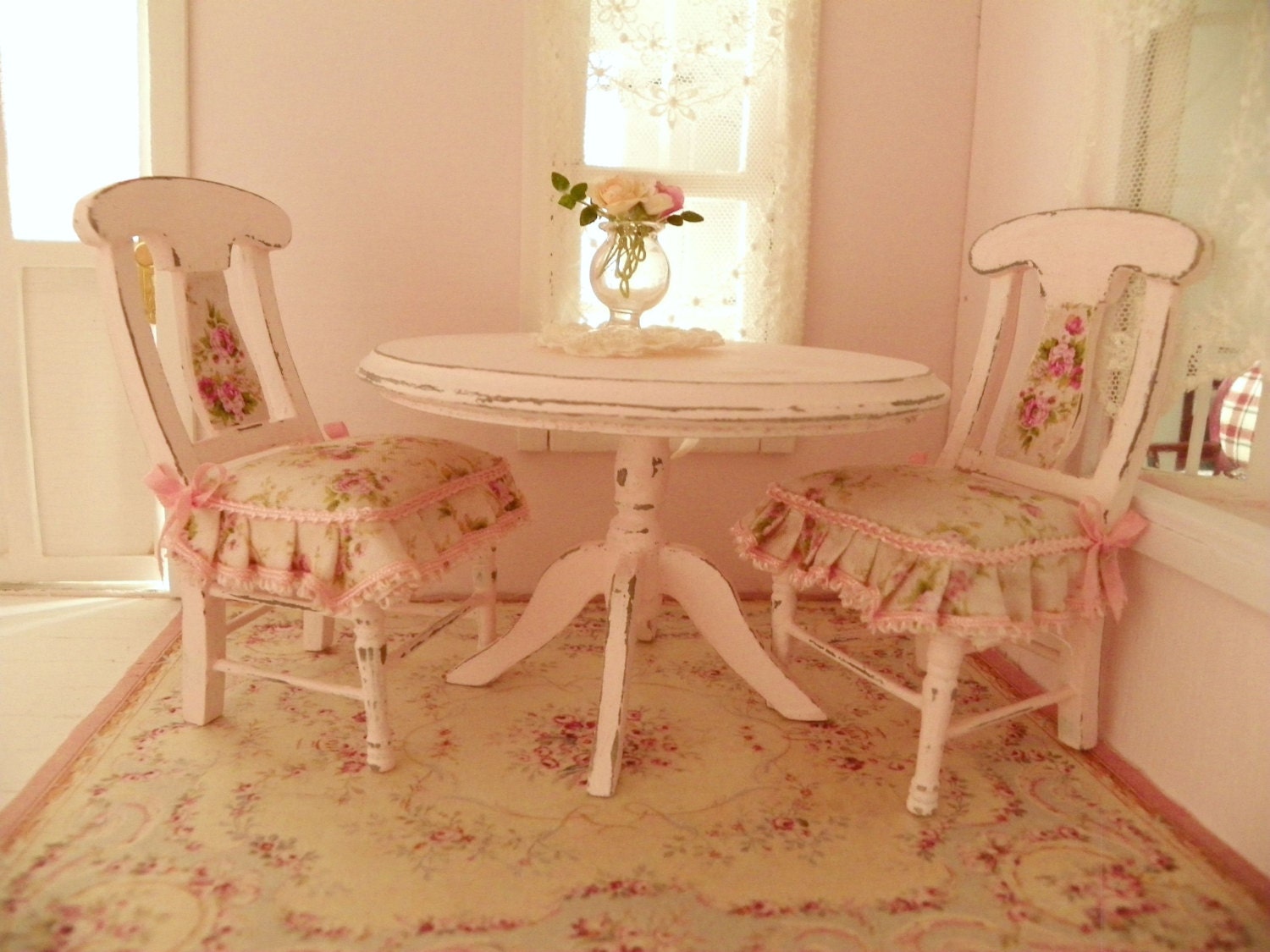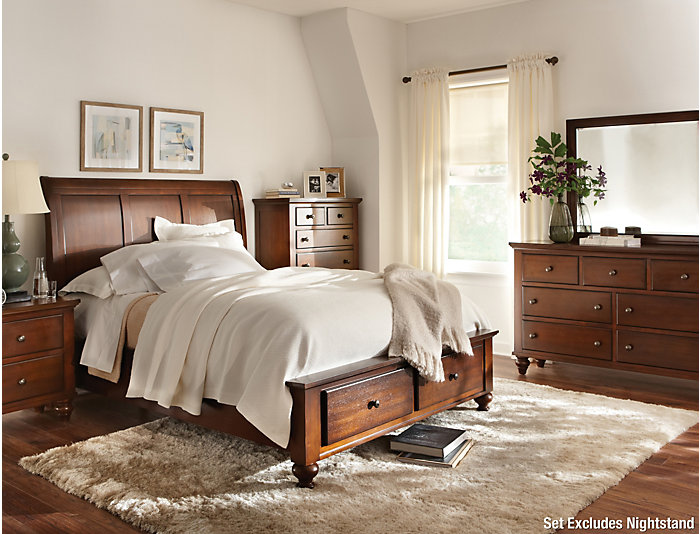Choosing the right color for your living room is more than just a matter of personal preference. In fact, color psychology plays a major role in determining the mood and atmosphere of a space. So, if you want to create a living room that is both visually appealing and emotionally inviting, it's important to understand how different colors can affect our emotions and behavior. Here are some tips on how to choose the right color for your living room:Color Psychology: How to Choose the Right Color for Your Living Room
Looking for some inspiration? Here are 10 living room color ideas that will add a pop of personality to your space: 1. Bold and Bright: If you want to make a statement, consider using bold and bright colors like red, yellow, or orange in your living room. These colors are known to evoke energy and excitement, making your space feel lively and vibrant. 2. Serene and Calm: For a more peaceful and tranquil atmosphere, opt for cool colors like blue, green, or purple. These colors are known to promote relaxation and can be especially beneficial for a living room that doubles as a space for unwinding and de-stressing. 3. Neutral and Elegant: If you prefer a more understated look, consider using neutral colors like gray, beige, or taupe in your living room. These colors provide a timeless and sophisticated backdrop for any design style. 4. Warm and Inviting: Want to create a cozy and inviting atmosphere? Warm colors like orange, yellow, and red can do just that. These colors are associated with feelings of warmth and comfort, making them perfect for creating a welcoming living room. 5. Monochromatic Magic: For a modern and cohesive look, consider using different shades of the same color in your living room. This monochromatic approach creates a visually appealing and harmonious space. 6. Playful and Fun: Looking to infuse some fun and personality into your living room? Consider using bright and quirky colors like pink, teal, or lime green. These colors are sure to add a playful touch to your space. 7. Earthy and Natural: To create a sense of harmony and connection to nature, consider using earthy colors like green, brown, or rust in your living room. These colors are associated with growth, stability, and grounding. 8. Classic and Timeless: You can't go wrong with classic colors like navy blue, burgundy, or emerald green. These colors exude sophistication and elegance, making them perfect for a formal living room. 9. Fresh and Clean: Light and airy colors like white, light gray, or pastel shades can create a fresh and clean look in your living room. These colors are also great for making small spaces appear larger and more open. 10. High Contrast: For a bold and dramatic look, consider using high-contrast colors like black and white in your living room. This color combination creates a striking and modern aesthetic.10 Living Room Color Ideas to Make Your Space Pop
Now that you have some color ideas, it's time to create a cohesive color scheme for your living room. Here are some tips to help you get started: 1. Choose a Dominant Color: Start by choosing one dominant color that will be the main focus in your living room. This color will set the tone for the rest of the space. 2. Add Complementary Colors: Once you have your dominant color, choose 2-3 complementary colors to add depth and interest to your living room. These colors should be different enough to create contrast, but also work well together. 3. Incorporate Neutral Colors: Neutral colors are the glue that holds a color scheme together. Use them to create balance and prevent your living room from looking too busy or overwhelming. 4. Consider the Mood: Keep in mind the mood you want to create in your living room. Do you want it to be calm and relaxing? Bold and energetic? Let the desired mood guide your color choices. 5. Use the 60-30-10 Rule: A popular rule in interior design is the 60-30-10 rule, which states that 60% of the room should be your dominant color, 30% should be complementary colors, and 10% should be accent colors.Creating the Perfect Color Scheme for Your Living Room
When it comes to living room color schemes, there are a few basic options to consider: 1. Monochromatic: As mentioned earlier, this scheme involves using different shades of the same color. It creates a harmonious and visually appealing look. 2. Analogous: This scheme combines colors that are next to each other on the color wheel, such as blue and purple, or yellow and orange. It creates a sense of harmony and works well in traditional or classic spaces. 3. Complementary: Complementary colors are opposite each other on the color wheel, such as blue and orange, or red and green. This scheme creates a high-contrast and bold look. 4. Triadic: This scheme involves using three colors that are evenly spaced on the color wheel, such as red, yellow, and blue. It creates a vibrant and balanced look.Living Room Color Schemes: The Basics
Now that you have a better understanding of color schemes and ideas, let's dive deeper into color psychology and how you can use it to create a welcoming living room. 1. Consider the Function of the Room: Before choosing a color, think about how you want the living room to function. Is it a space for relaxation? Socializing? Work? Different colors can support different functions, so choose accordingly. 2. Use Warm Colors: As mentioned earlier, warm colors like red, yellow, and orange are associated with feelings of warmth and comfort. They can create a cozy and inviting atmosphere in your living room. 3. Don't Forget About Neutrals: While bright and bold colors may catch your eye, don't underestimate the power of neutral colors. They can create a sense of balance and calmness in a space. 4. Consider the Size of Your Living Room: If you have a small living room, using light and cool colors can create the illusion of more space. On the other hand, if you have a large living room, warm and dark colors can make the space feel more intimate and cozy. 5. Use Accent Colors: Accent colors are a great way to add pops of personality and interest to your living room. They can be used in small doses through decorative accents like throw pillows, rugs, and artwork.How to Use Color Psychology to Create a Welcoming Living Room
Feeling overwhelmed by all the color options? Here are 5 tips to help you choose the perfect color palette for your living room: 1. Start With Inspiration: Look for inspiration in home decor magazines, Pinterest, or even nature. Pay attention to colors that catch your eye and use them as a starting point. 2. Take Samples Home: When choosing paint colors, it's important to see how they look in your actual living room. Take home paint swatches or samples and see how they look in different lighting throughout the day. 3. Consider the Existing Elements: If you already have furniture or decor in your living room, consider their colors when choosing a color scheme. You want everything to work together harmoniously. 4. Use Technology: There are many online tools and apps that can help you visualize different color schemes in your living room. Use them to play around with different options before making a decision. 5. Trust Your Gut: Ultimately, the most important thing is that you choose colors that you love and that feel right to you. Don't be afraid to trust your gut and go with your instincts.5 Tips for Choosing the Perfect Color Palette for Your Living Room
It's no secret that color can have a significant impact on our mood and emotions. Here's a breakdown of how different colors can affect us in a living room setting: 1. Red: Associated with energy, passion, and excitement, red can create a sense of warmth and vibrancy in a living room. However, too much red can also evoke feelings of anger and aggression. 2. Blue: Blue is known to promote feelings of calmness, tranquility, and relaxation. It's a great color for a living room that also serves as a space for unwinding and de-stressing. 3. Yellow: Yellow is a cheerful and uplifting color that can bring a sense of happiness and positivity to a living room. However, too much yellow can also be overwhelming and cause feelings of anxiety. 4. Green: Associated with nature and growth, green can create a sense of balance and harmony in a living room. It's also known to have a calming and refreshing effect on our mood. 5. Purple: Purple is a rich and luxurious color that can add a touch of sophistication and elegance to a living room. It's also associated with creativity and can inspire feelings of inspiration. 6. Orange: Similar to red, orange is a warm and energetic color that can evoke feelings of excitement and enthusiasm. It's a great color for creating a lively and inviting atmosphere in a living room. 7. Gray: Gray is a neutral color that creates a sense of calmness and stability. It's also a great backdrop for other colors to pop against in a living room. 8. Brown: Brown is associated with warmth and comfort, making it a great color for creating a cozy and inviting living room. It can also add a touch of earthiness and grounding to a space. 9. Black: While black may seem like a dark and heavy color, it can actually add a sense of sophistication and drama to a living room. It's best used in small doses as an accent color. 10. White: White is a clean and fresh color that can make a living room feel bright and airy. It's also a great color for making a small space feel larger and more open.The Impact of Color on Mood in Your Living Room
Still not sure which colors to choose? Here are 10 living room color combinations that are sure to make your space pop: 1. Navy Blue and White: This classic color combination creates a timeless and elegant look in any living room. 2. Sage Green and Blush Pink: These soft and feminine colors create a calming and romantic atmosphere in a living room. 3. Charcoal Gray and Mustard Yellow: This high-contrast combination adds a touch of drama and sophistication to a living room. 4. Light Blue and Beige: This calming and beachy color combination is perfect for creating a relaxing and inviting living room. 5. Eggplant Purple and Gold: This luxurious and glamorous combination will make a statement in any living room. 6. Black and White with a Pop of Red: The classic combination of black and white gets a bold and lively touch with a pop of red. 7. Teal and Coral: This fun and playful combination adds a touch of whimsy and personality to a living room. 8. Gray and Yellow: This combination creates a modern and fresh look in a living room.10 Living Room Color Combinations You'll Love
The Importance of Color Mood in Your Living Room
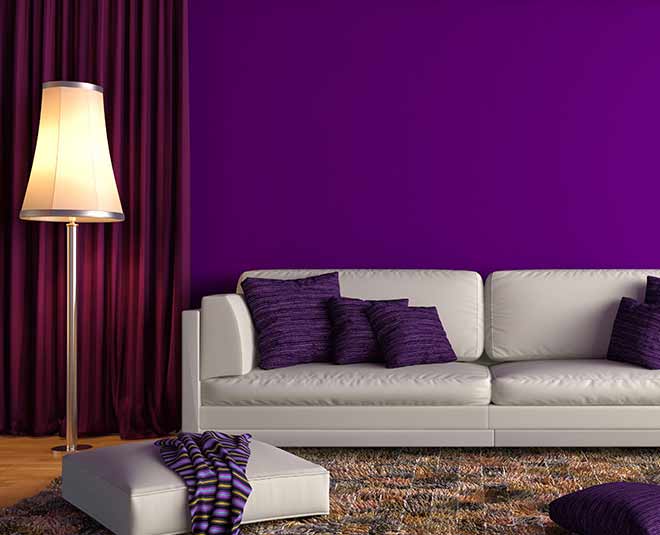
The Impact of Color on Mood
 When it comes to designing your living room, one important factor that often gets overlooked is the choice of
color
. The colors you choose for your living room can have a significant impact on the
mood
and atmosphere of the space. Whether you want your living room to feel cozy and welcoming, or bright and energizing, the right color choices can help achieve your desired effect.
When it comes to designing your living room, one important factor that often gets overlooked is the choice of
color
. The colors you choose for your living room can have a significant impact on the
mood
and atmosphere of the space. Whether you want your living room to feel cozy and welcoming, or bright and energizing, the right color choices can help achieve your desired effect.
Creating a Cozy and Inviting Space
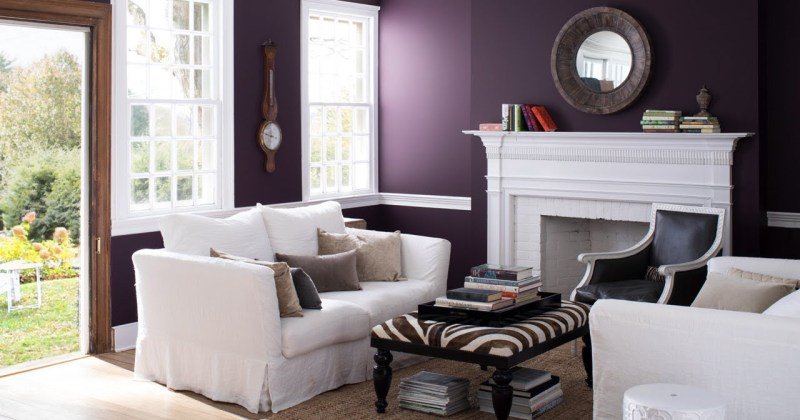 If you want your living room to be a comfortable and relaxing retreat, consider using warm and
earthy tones
such as browns, beiges, and warm shades of red and orange. These colors can help create a sense of warmth and intimacy in the space, making it the perfect place to curl up with a good book or spend quality time with loved ones. Incorporating
natural elements
such as wood and plants can also enhance this cozy and inviting atmosphere.
If you want your living room to be a comfortable and relaxing retreat, consider using warm and
earthy tones
such as browns, beiges, and warm shades of red and orange. These colors can help create a sense of warmth and intimacy in the space, making it the perfect place to curl up with a good book or spend quality time with loved ones. Incorporating
natural elements
such as wood and plants can also enhance this cozy and inviting atmosphere.
Adding Energy and Vibrancy
 On the other hand, if you want your living room to be a lively and energetic space, consider using vibrant and
bold colors
such as bright yellows, greens, and blues. These colors can help create a sense of energy and positivity in the room, making it a great place for social gatherings and entertaining guests. You can also add
accents
of these colors through pillows, rugs, and décor to add a pop of color and create visual interest.
On the other hand, if you want your living room to be a lively and energetic space, consider using vibrant and
bold colors
such as bright yellows, greens, and blues. These colors can help create a sense of energy and positivity in the room, making it a great place for social gatherings and entertaining guests. You can also add
accents
of these colors through pillows, rugs, and décor to add a pop of color and create visual interest.
Setting the Right Mood
 In addition to warm and cool tones,
lighting
can also play a crucial role in setting the mood in your living room. Soft and warm lighting can create a cozy and intimate atmosphere, while bright and cool lighting can add a sense of energy and vibrancy. Experiment with different lighting options to find the perfect balance for your living room.
In conclusion, choosing the right colors for your living room can make a significant difference in the overall mood and atmosphere of the space. Whether you want a cozy and inviting retreat or a lively and energetic space, using the right colors and lighting can help you achieve your desired effect. So next time you're designing your living room, don't forget to consider the impact of color on mood.
In addition to warm and cool tones,
lighting
can also play a crucial role in setting the mood in your living room. Soft and warm lighting can create a cozy and intimate atmosphere, while bright and cool lighting can add a sense of energy and vibrancy. Experiment with different lighting options to find the perfect balance for your living room.
In conclusion, choosing the right colors for your living room can make a significant difference in the overall mood and atmosphere of the space. Whether you want a cozy and inviting retreat or a lively and energetic space, using the right colors and lighting can help you achieve your desired effect. So next time you're designing your living room, don't forget to consider the impact of color on mood.

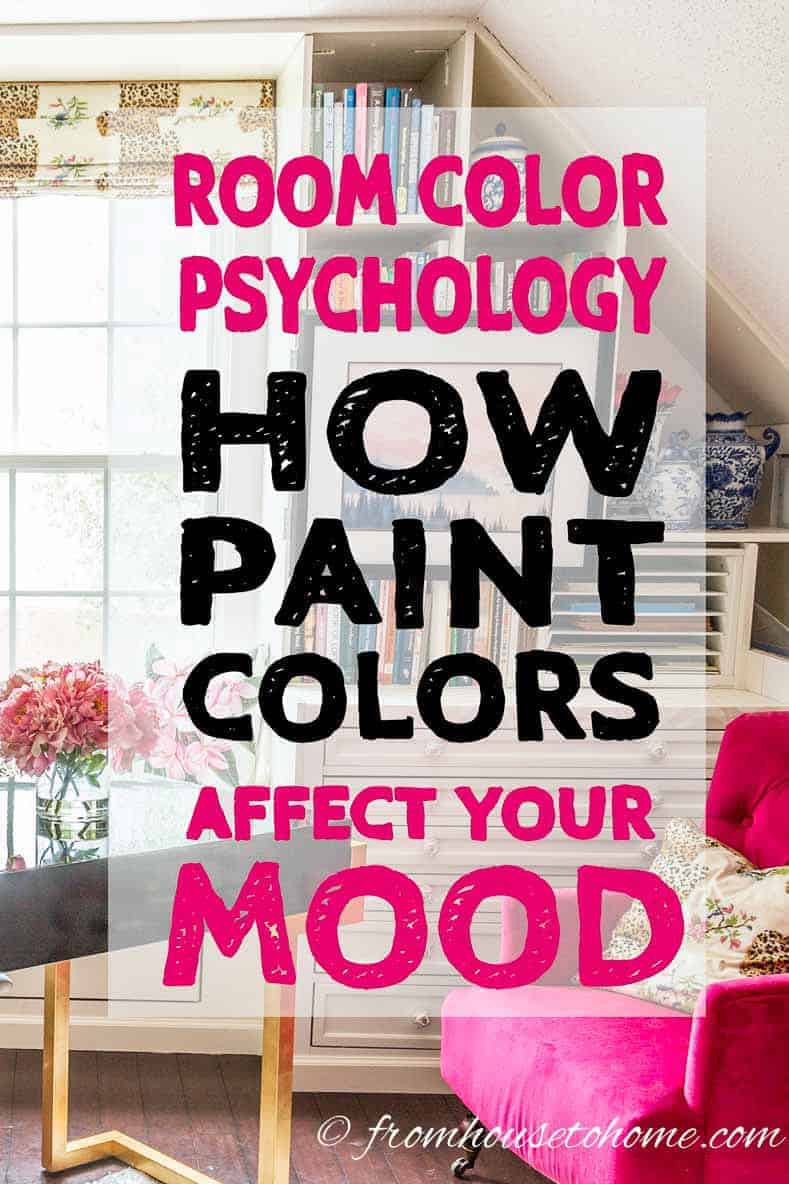

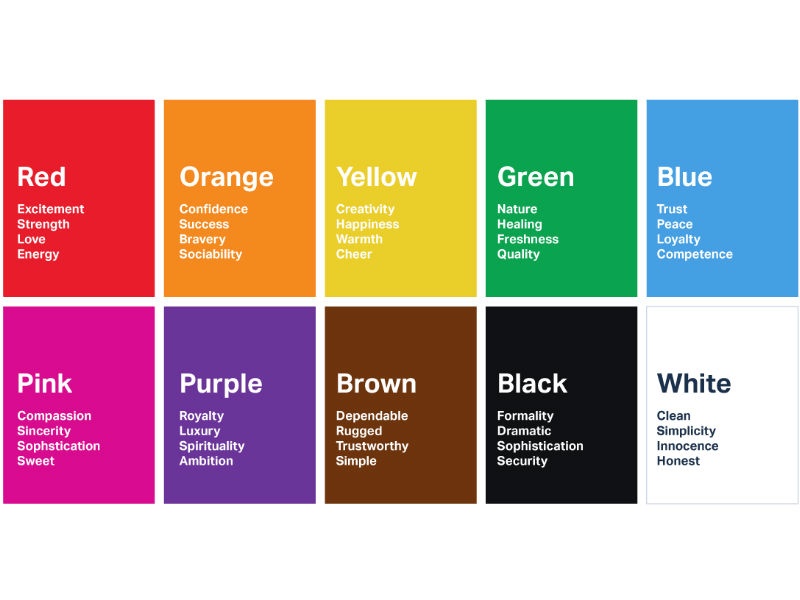
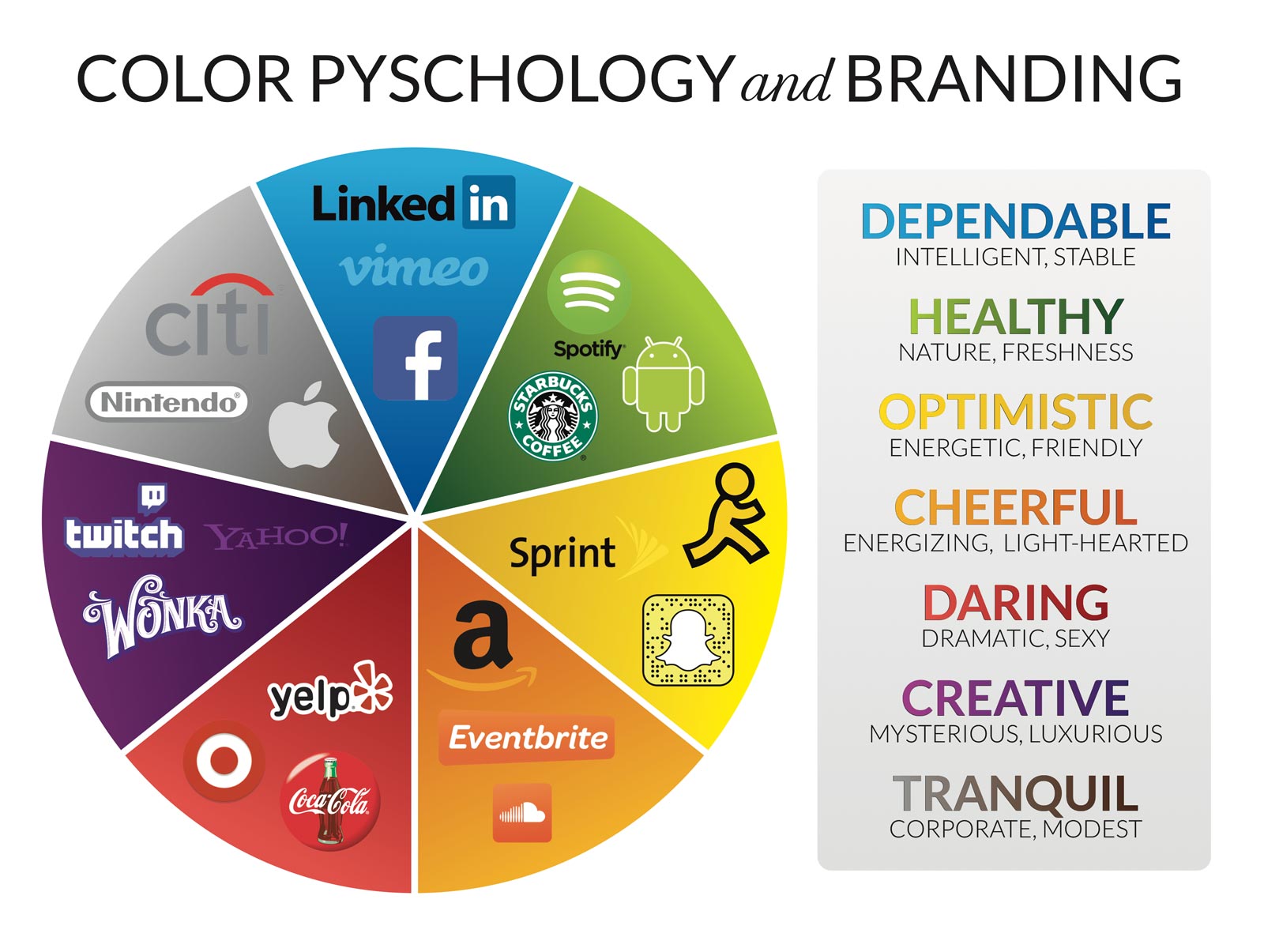
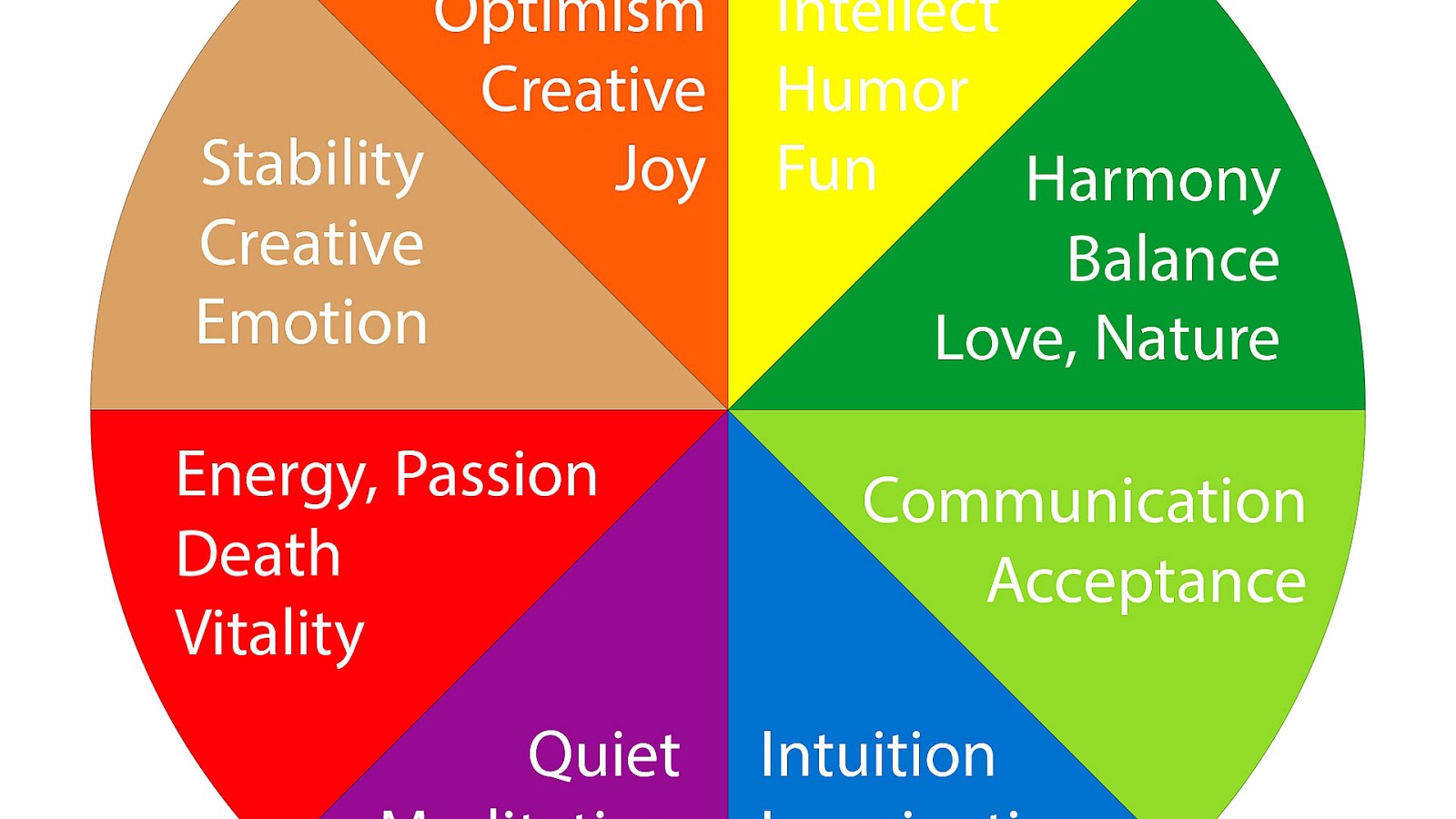
:max_bytes(150000):strip_icc()/2795824-color-psychology-5b0478de04d1cf003aac1625.png)




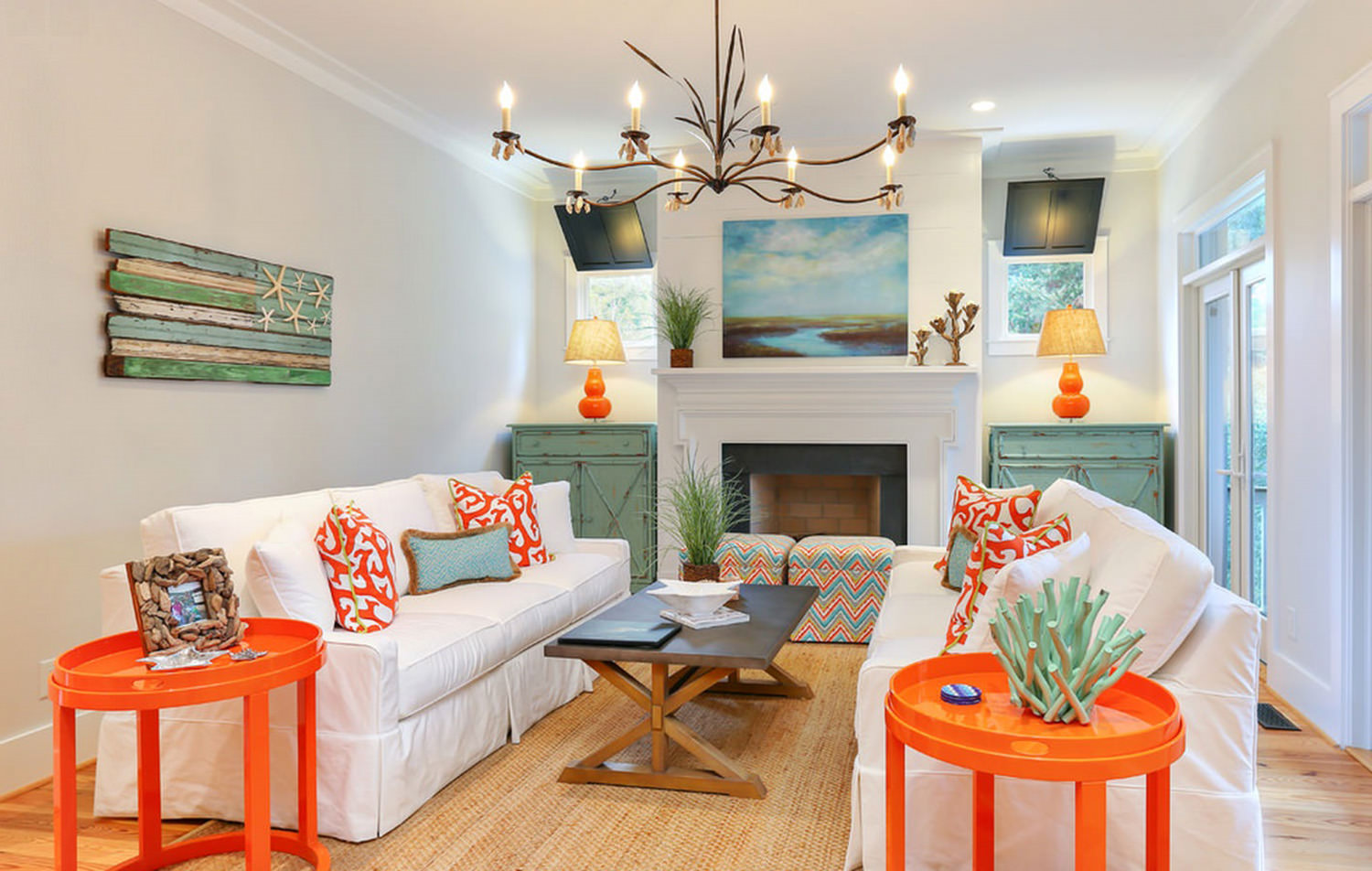
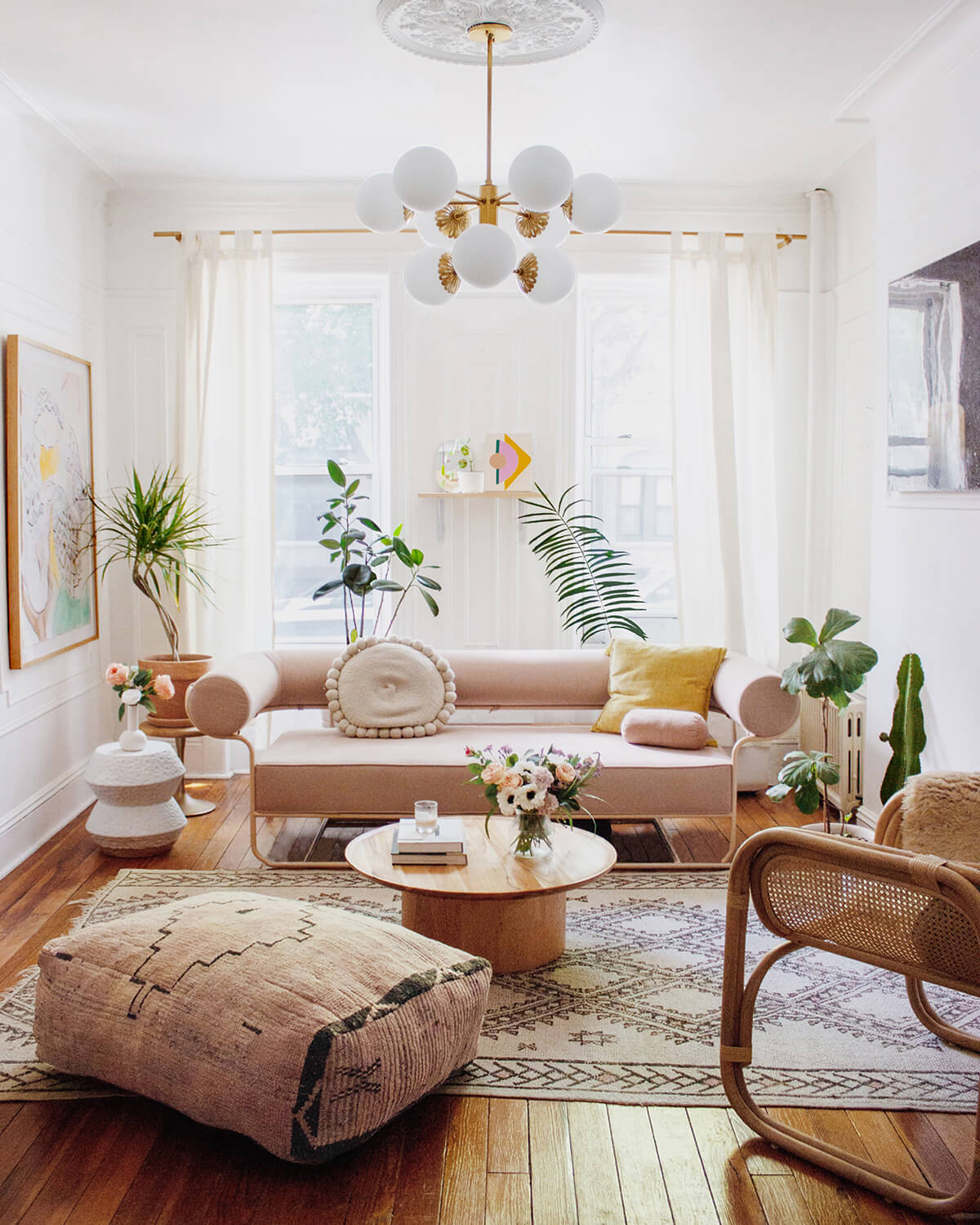

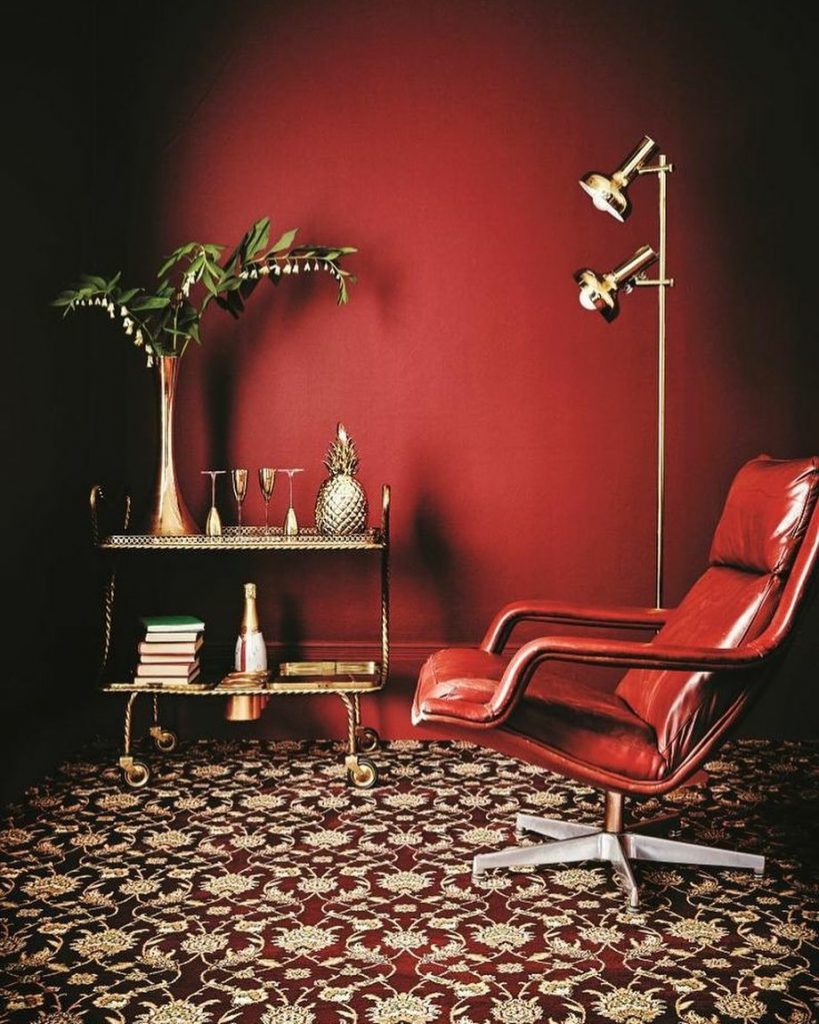






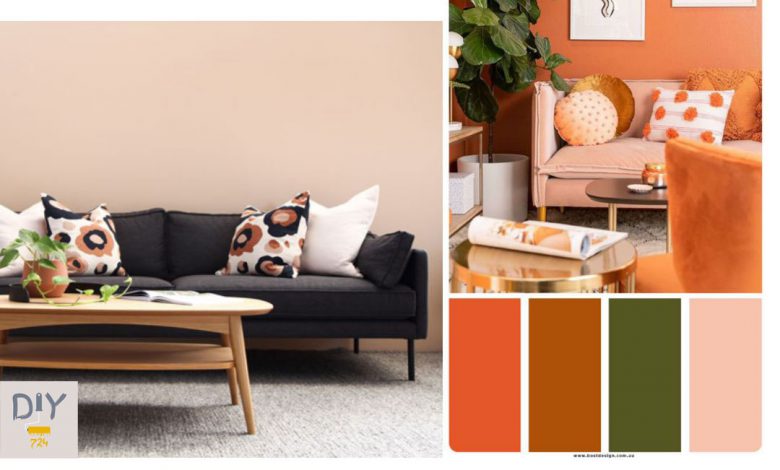



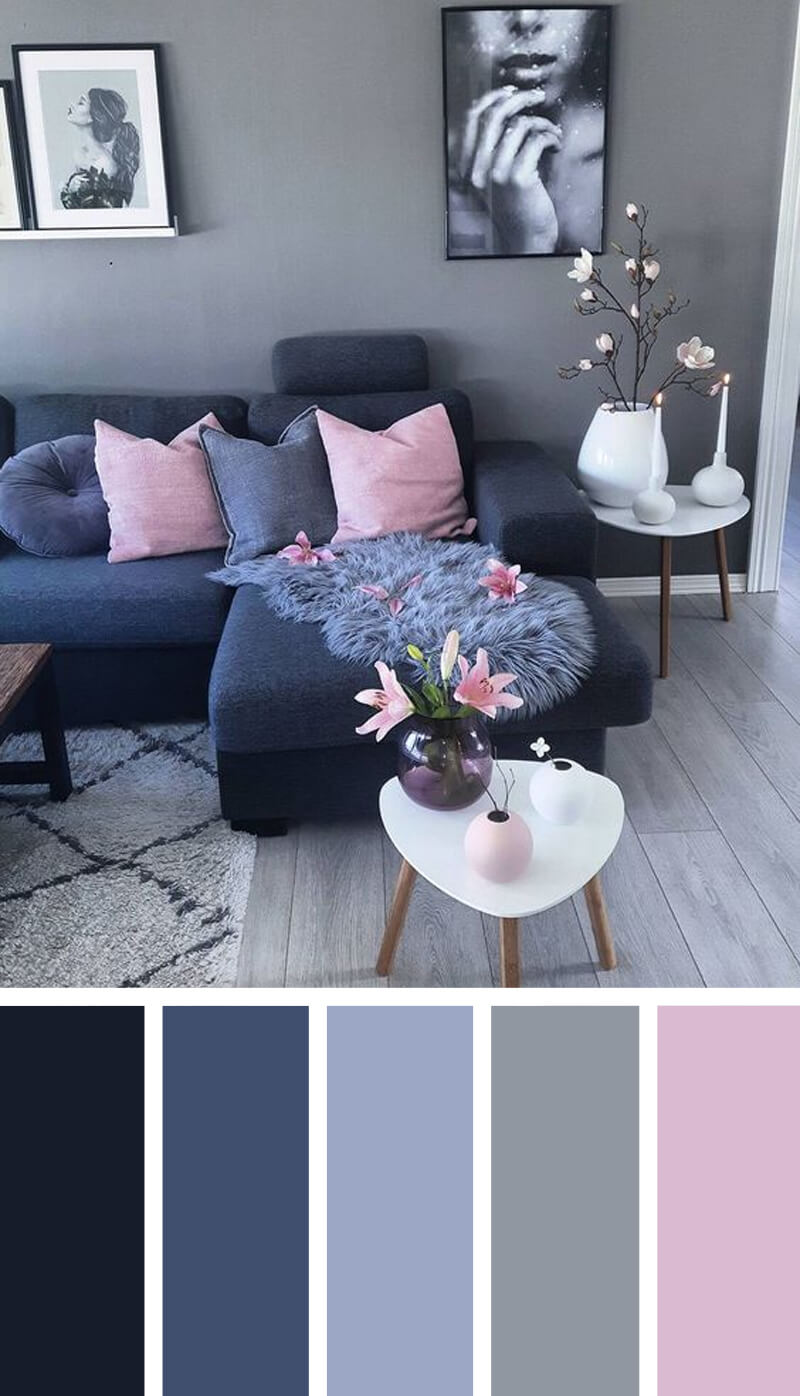
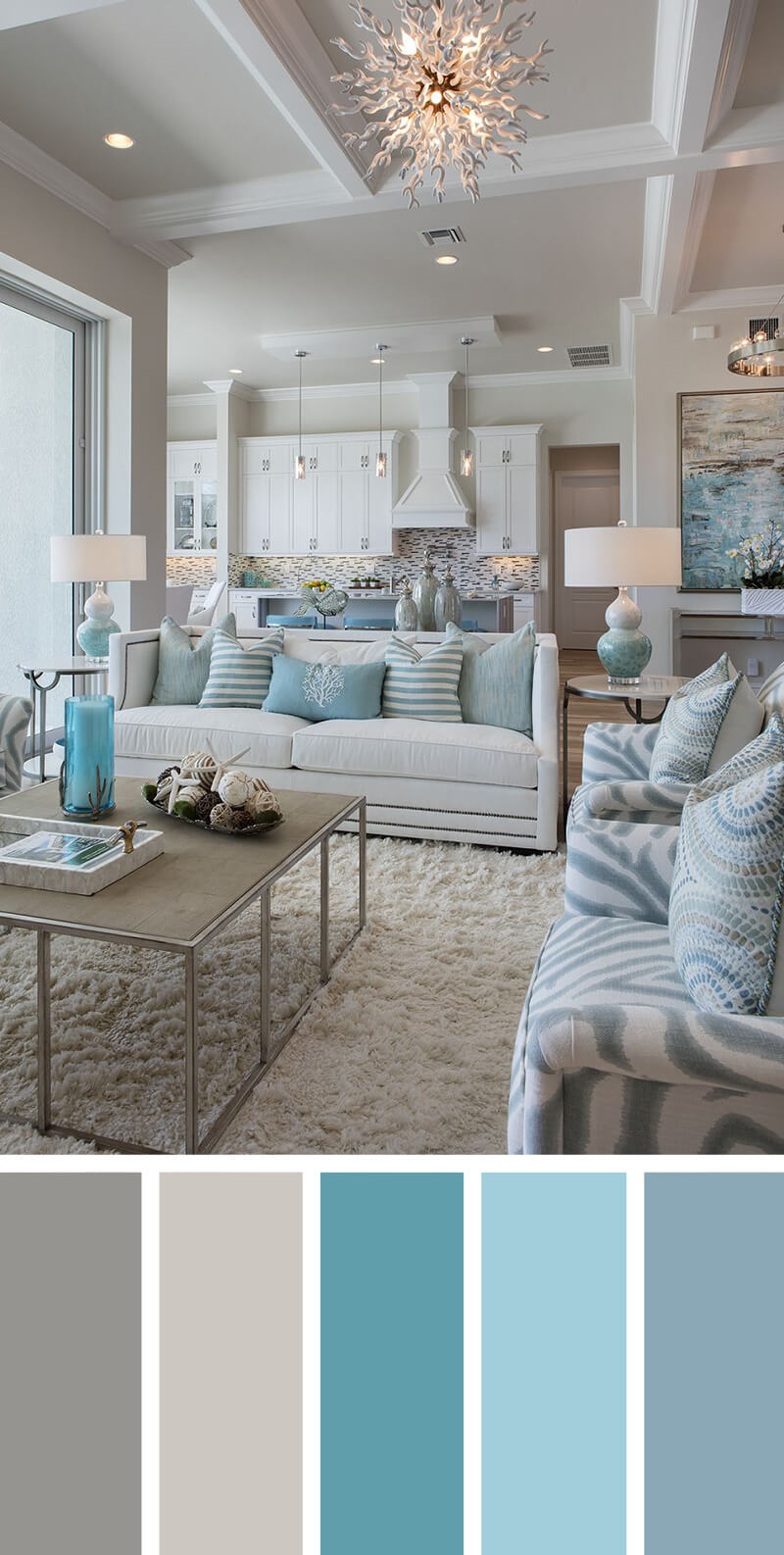
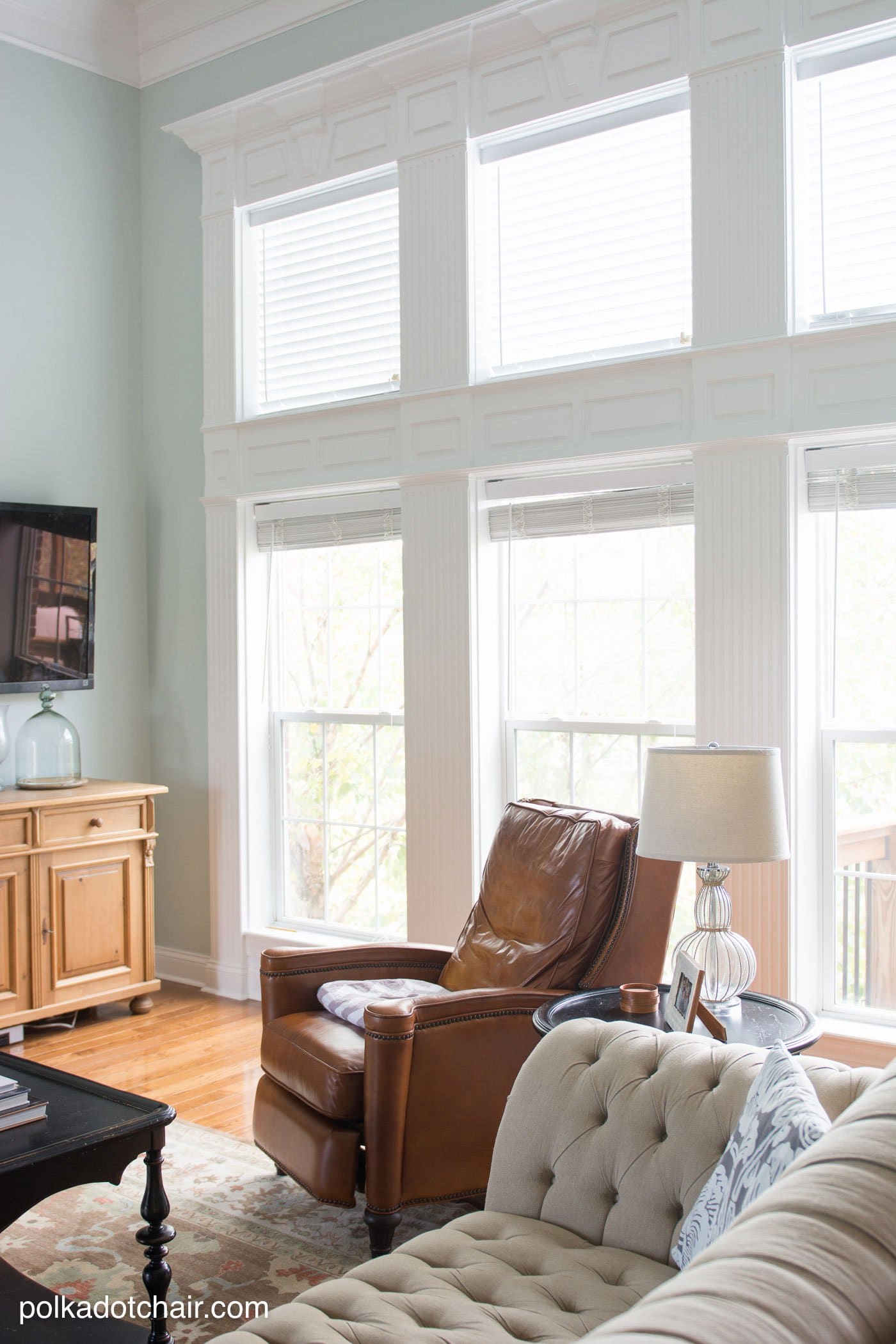

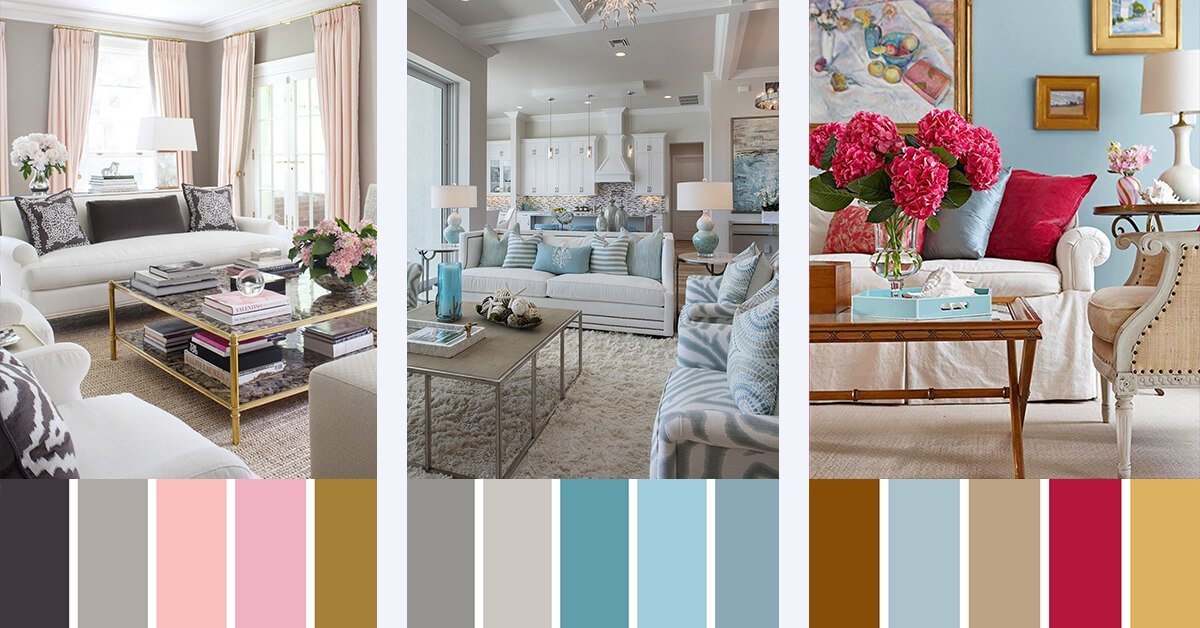
/169789002-58a723d63df78c345b930ec6.jpg)



/Neutrallivingroom-GettyImages-568518365-5a6260a87d4be80036ac6b0c.jpg)

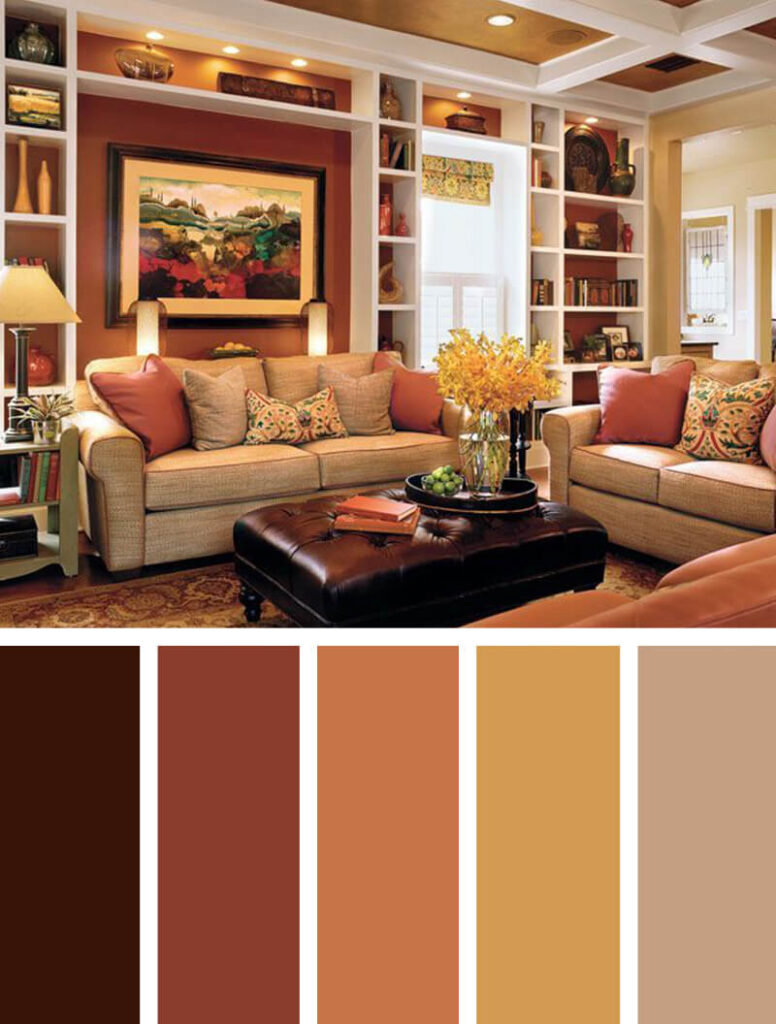

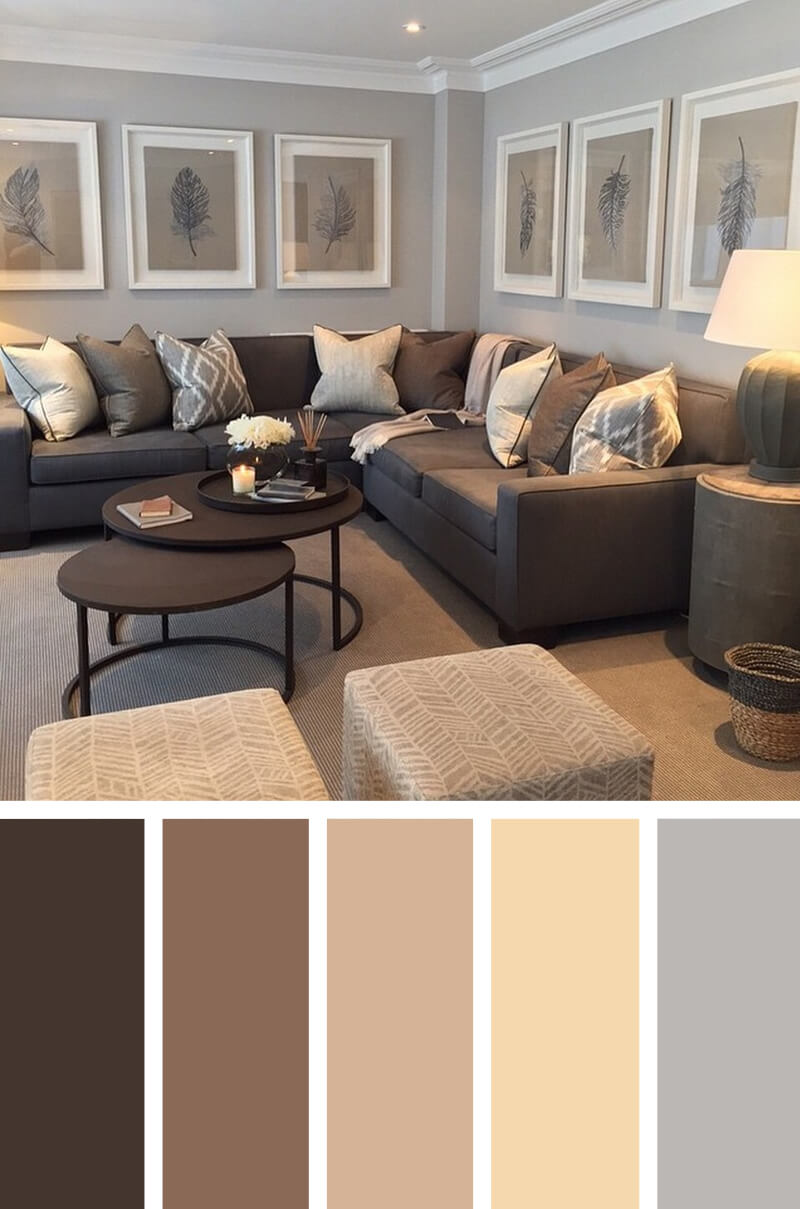

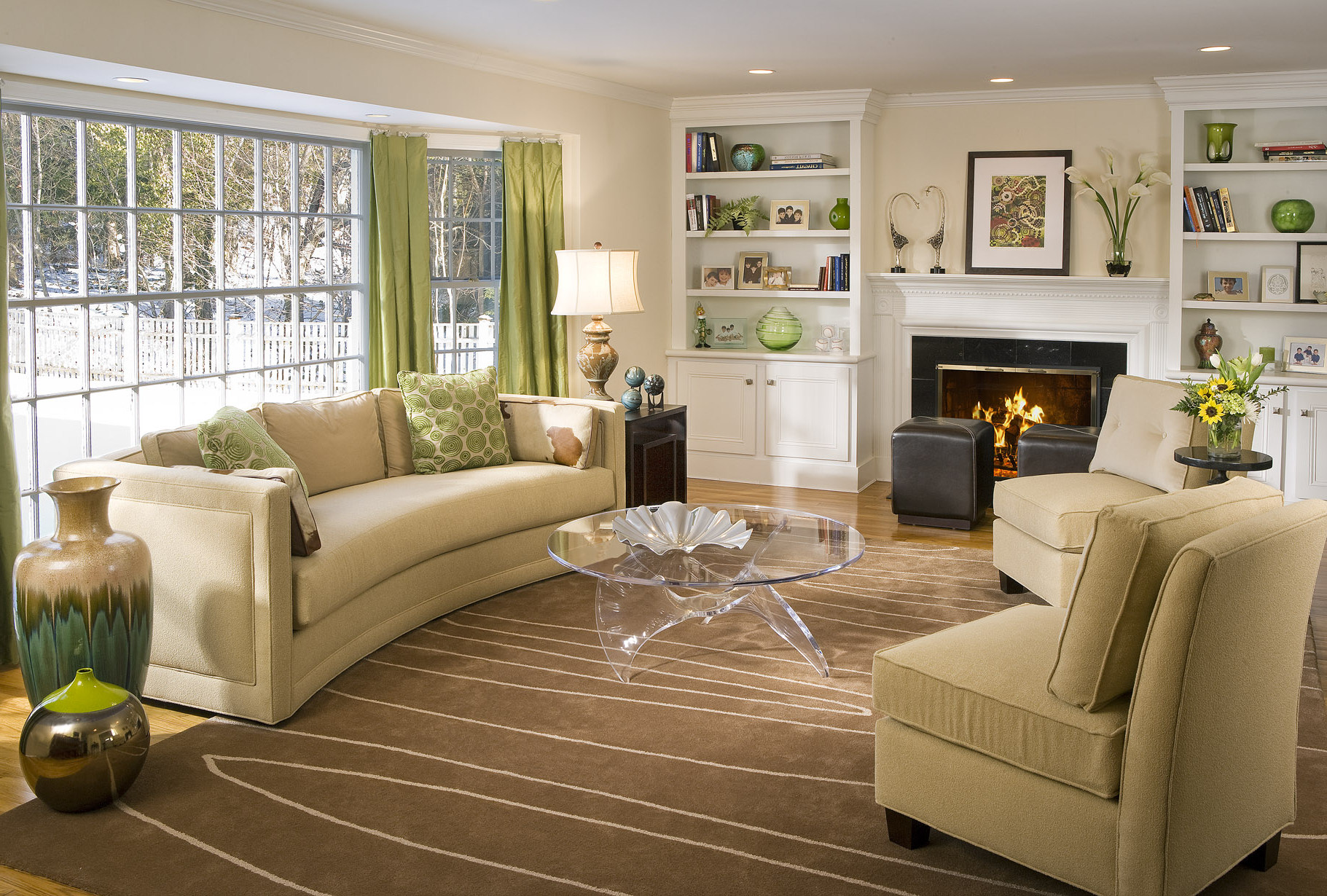






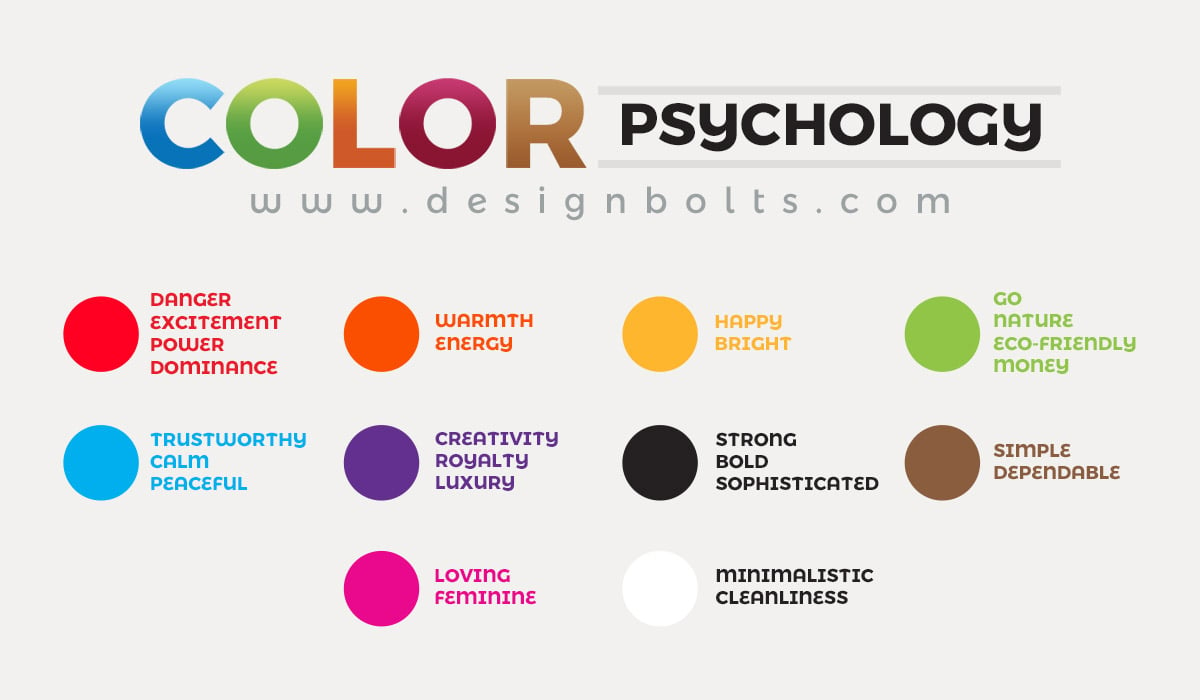
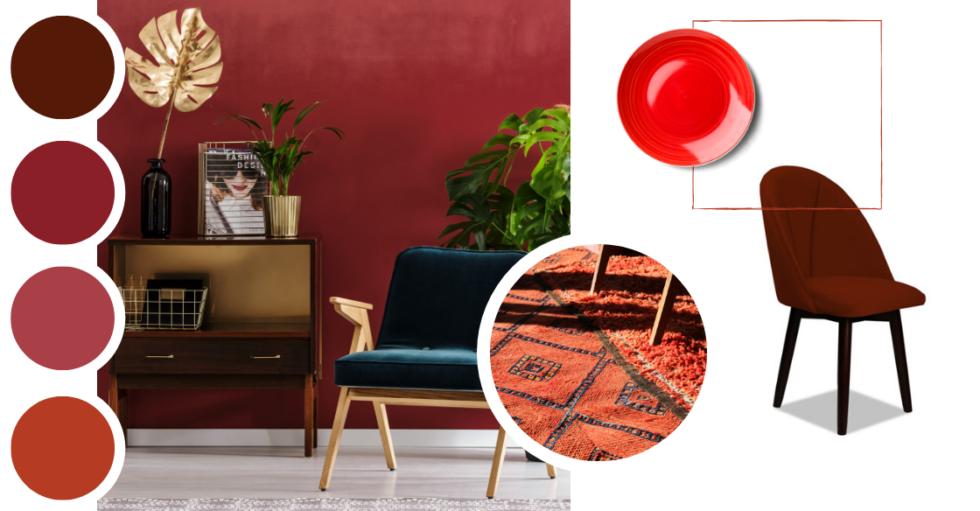
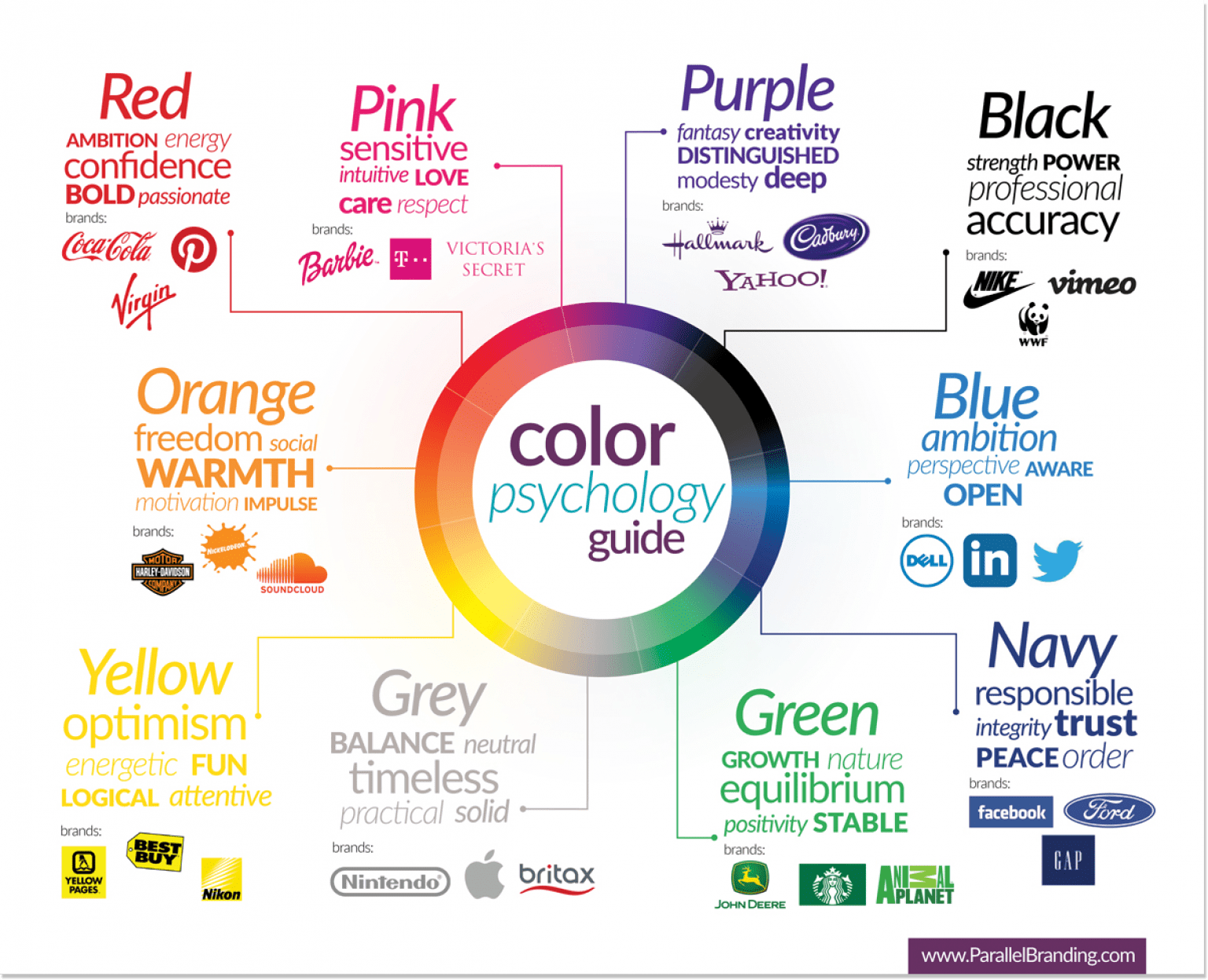




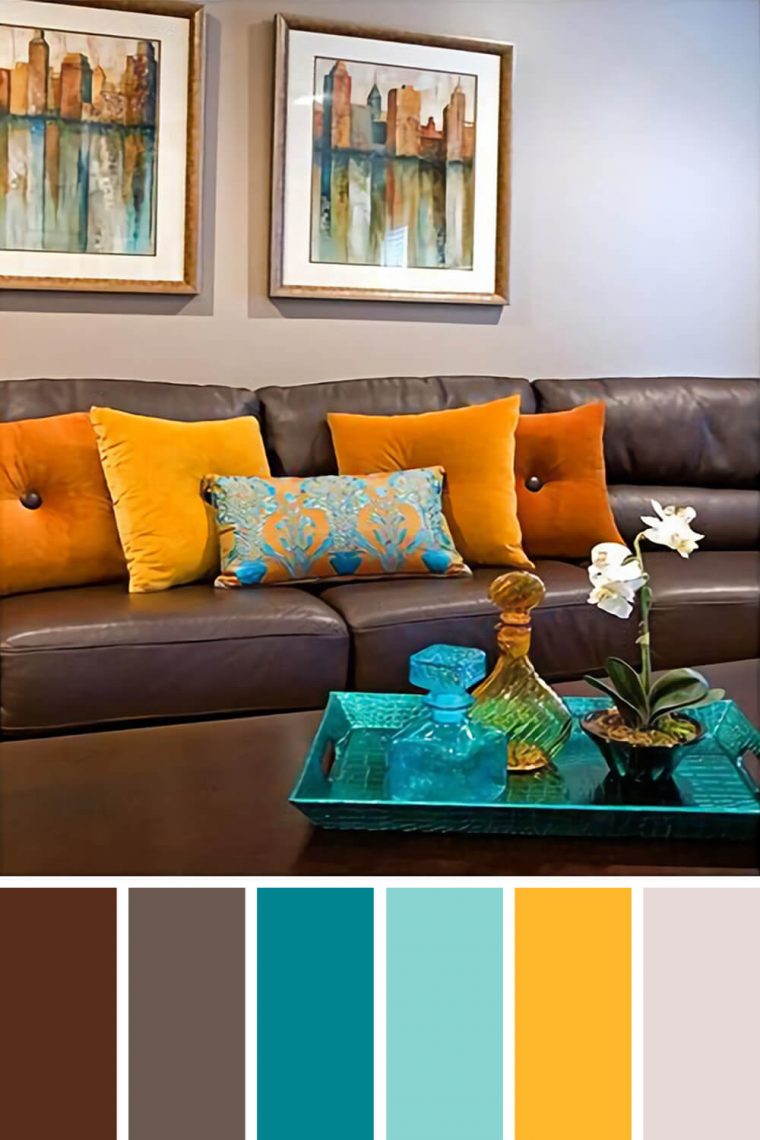
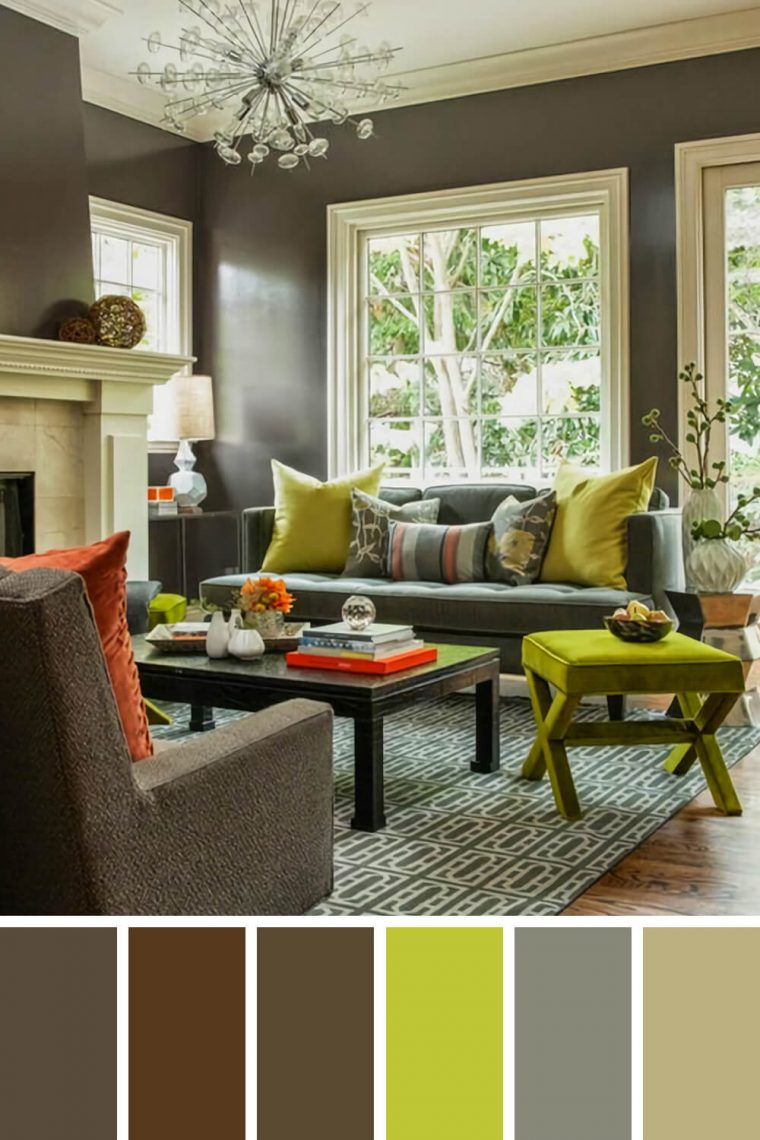








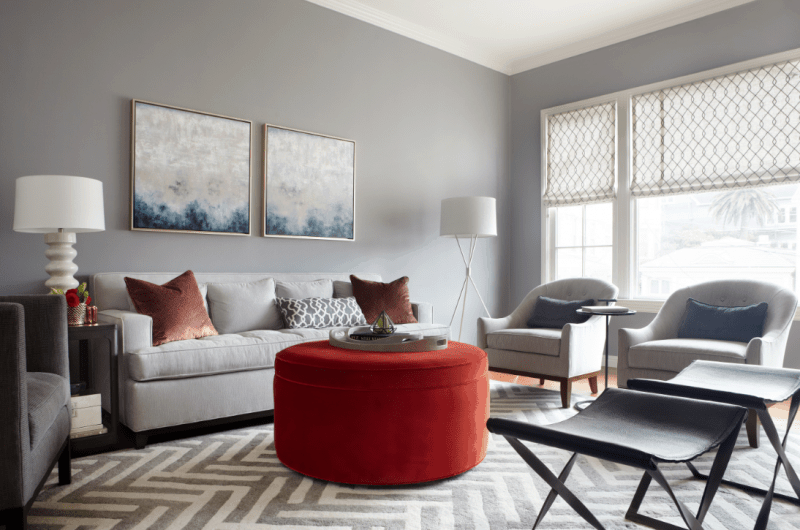
:max_bytes(150000):strip_icc()/showcase-home-interior-looks-inviting--487916813-5accd093fa6bcc00361bb970.jpg)
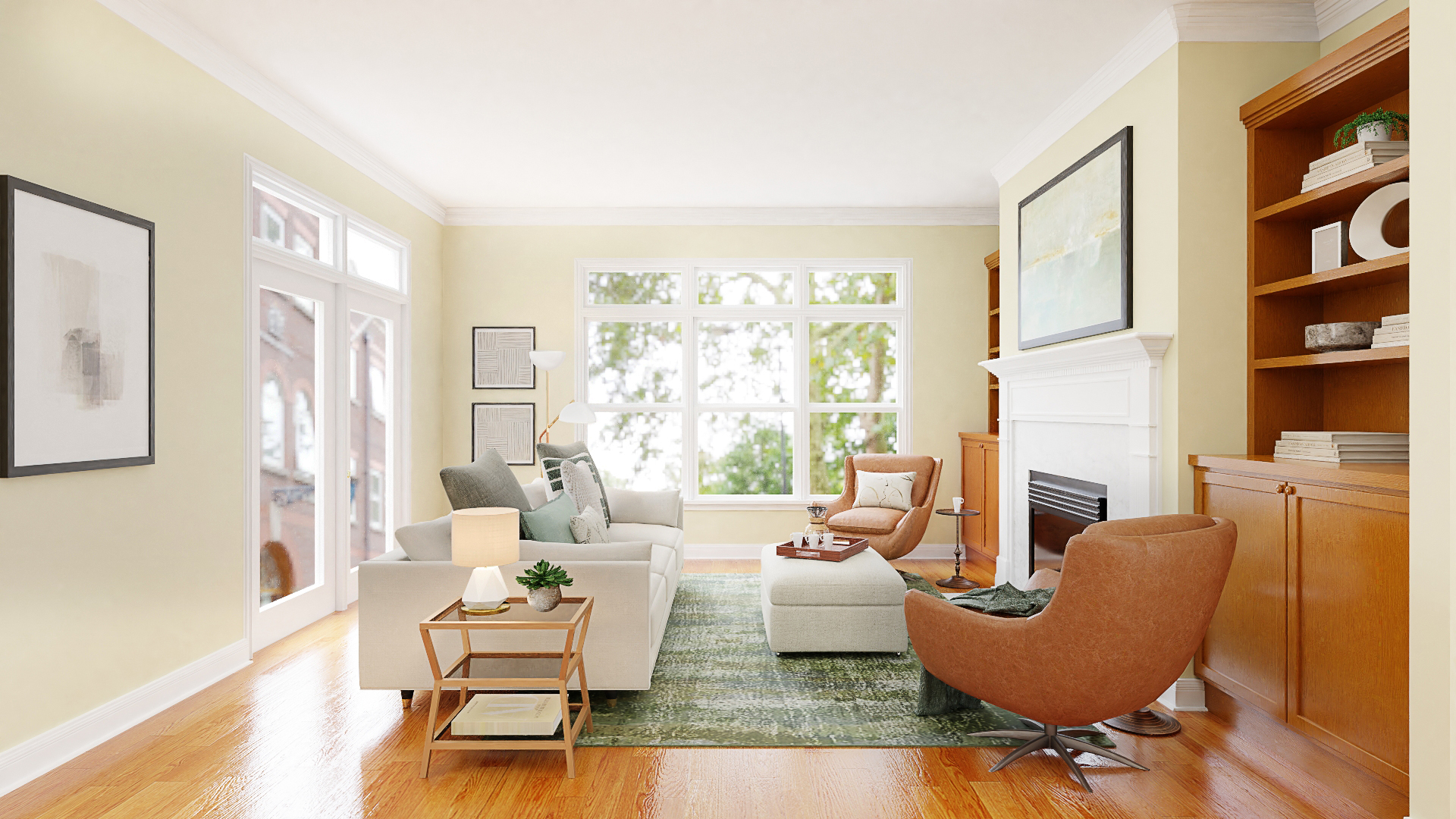

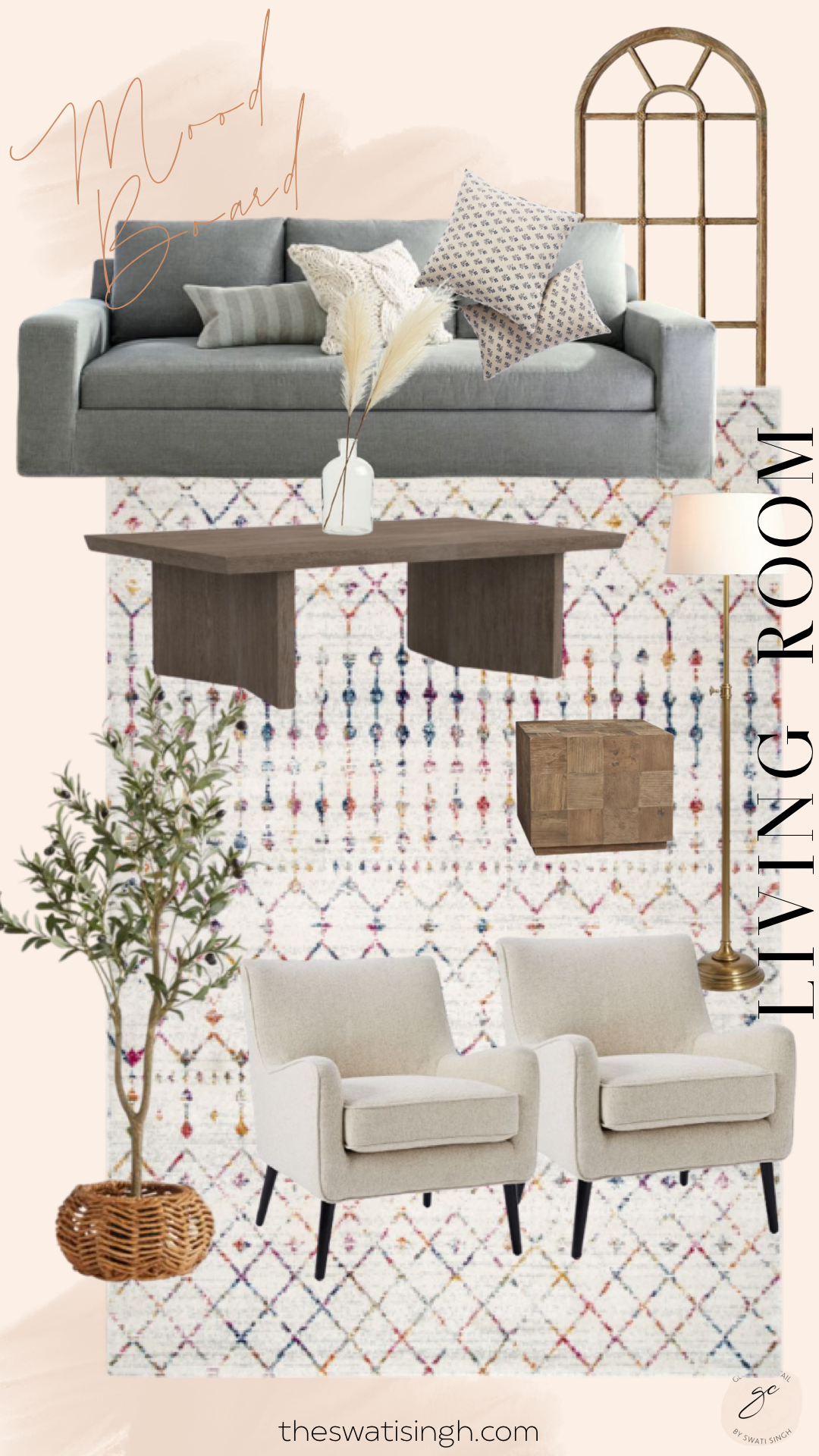

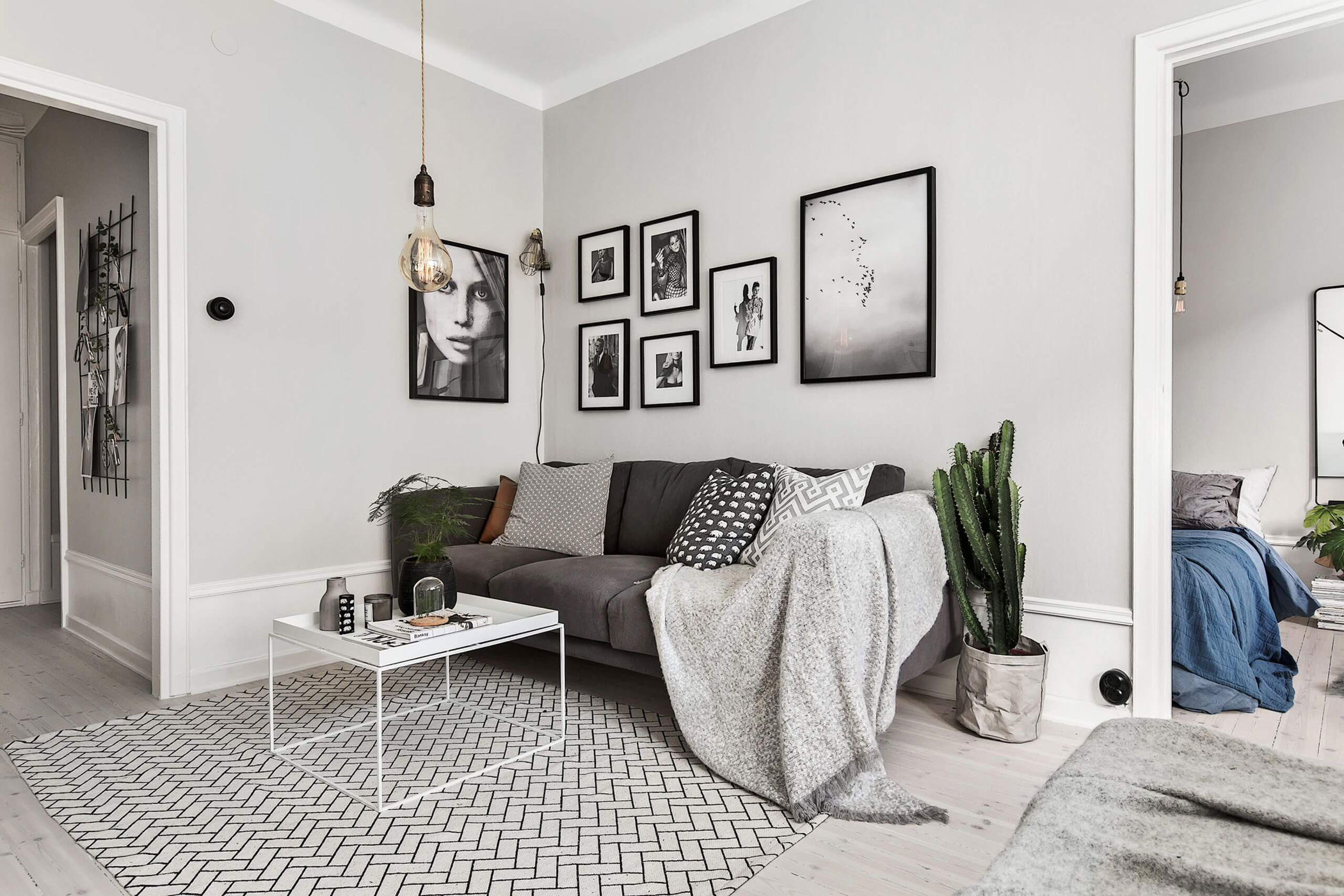







/grey-walls-turquoise-furniture-8005b71f-0f466e27e01c41edac57c4de38d4d8be.jpg)




/living-room-color-scheme-photos-452696-hero-48e8426dd0ab43468b07596d3a039fd1.jpg)


